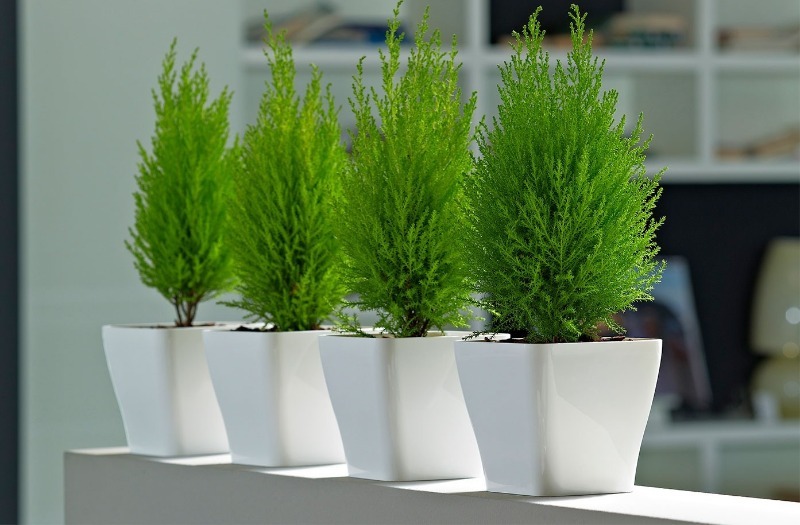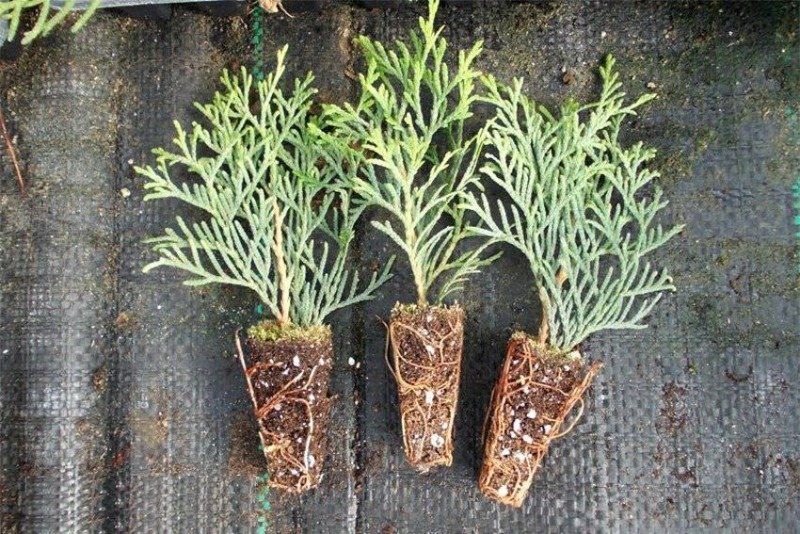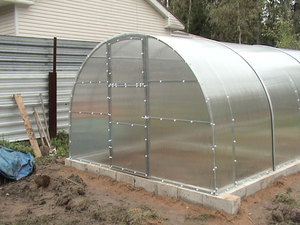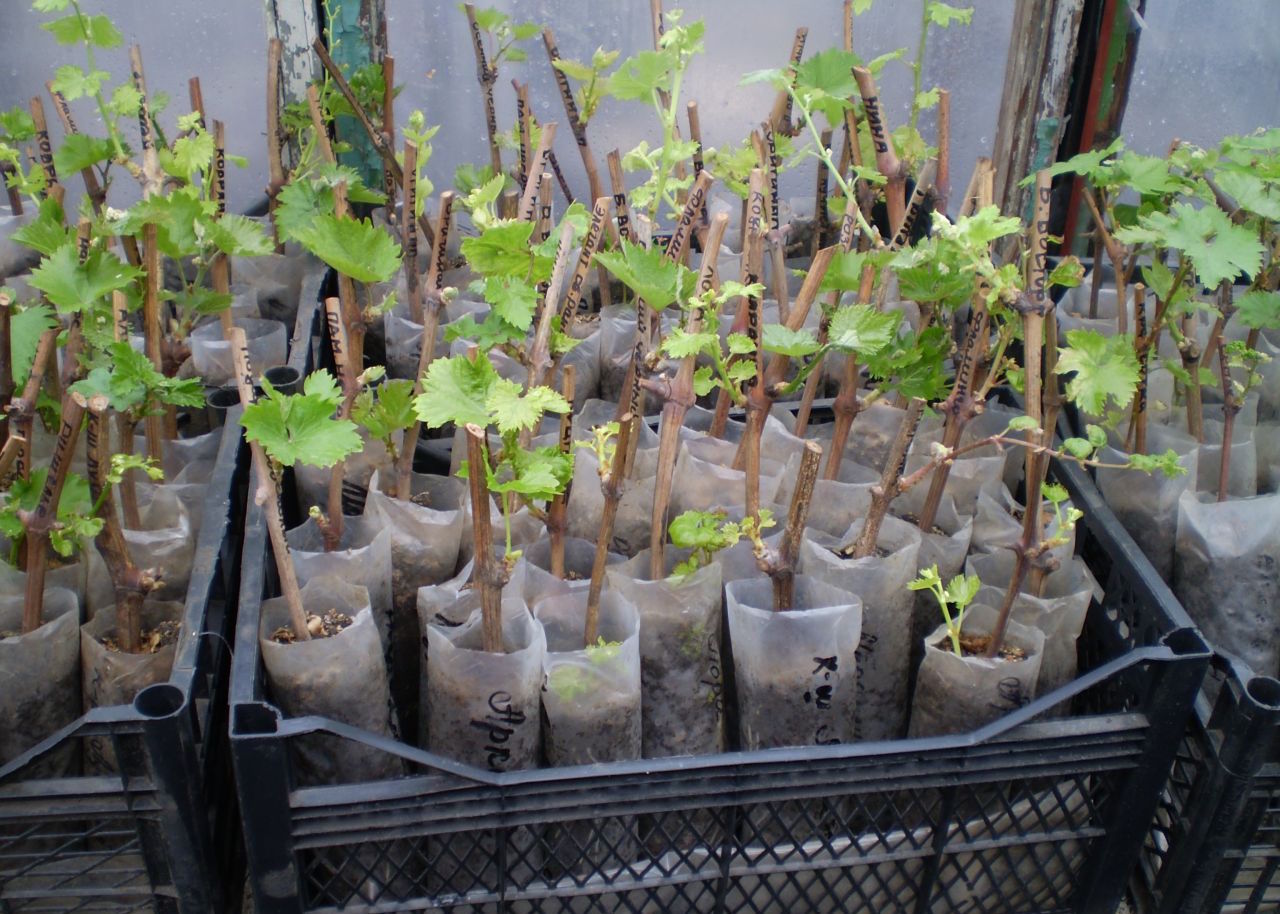Perhaps it is difficult for someone to imagine a coniferous tree in an apartment. But thuja grown in a pot will not only decorate the space - its essential oils have a pleasant aroma, and phytoncides secreted by the tree refresh the air and successfully fight against harmful microorganisms.

Choosing a cutting

To plant thuja, you first need to prepare cuttings. For this, twigs from the middle part of an adult plant are suitable. They should be neither too old (dry) nor too young. It is recommended to cut thuja in summer, when the growth of young shoots has stopped. You can take cuttings in the fall, they are stronger, but they will take longer to take root.
The most suitable are cuttings about 30 cm long, located at the ends of the shoots, on the stems of which a young bark has already formed. The twig is not cut, but torn off by hand, along with a small strip of bark. The bark has accumulated nutrients that will help the cuttings to harden. Before planting the cuttings in the ground, treat it with a root growth stimulator.
"Greenhouse"
For rooting of thuja cuttings, a mixture of sand, deciduous humus and peat in a 1: 1: 1 ratio is suitable, you can take soil from a flower shop, it must be loose.
Pour soil into a plastic cup and place the cutting 2-3 cm deep. Lightly compact the soil around the plant and water. Cover the stalk with a second plastic (preferably transparent) glass, creating a greenhouse effect that will keep moisture and temperature stable.
Signs of rooting of the cuttings are the appearance of new shoots.
Watering
A week after planting the cuttings, you can begin to spray the soil. It is not necessary to pour water under the plant. It is undesirable to use a spray, trying not to spray on the needles. Moistening should be carried out as the soil dries out. During spraying, the "greenhouse" is also ventilated, which is necessary for full growth.
Do not place the plant in bright sun, the light should be diffused during this period.
Landing
Autumn cuttings are transplanted next year in spring, and rooted spring twigs - in the fall of this year.
To transplant a young thuja to a permanent place of residence, choose a large ceramic pot in which the tree can grow and fully develop. It is necessary to transplant together with a lump of soil, only by removing the cup. Place the plant in the prepared hole and cover with soil. After planting, the soil around the seedling must be tamped and watered well.
Plant in high quality potting soil containing perlite or vermiculite, which retains moisture and improves drainage. Place the pot in full sun or partial shade.
Water your shrub frequently to keep the soil evenly moist. Woody plants are quite drought tolerant when planted in the ground, but they dry quickly in pots. Therefore, pour it with settled water at room temperature several times a week, do not allow it to dry out and excessive moisture.
A plant grown in a container requires regular feeding, since in a limited amount of soil, nutrients are consumed faster.
In summer, you can take the thuja out to the balcony or garden. Different varieties of thuja can differ in the shape of the bush, but with the help of pruning, you can give the tree the desired shape.


